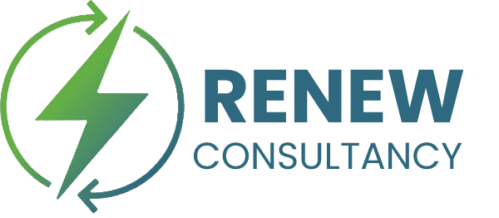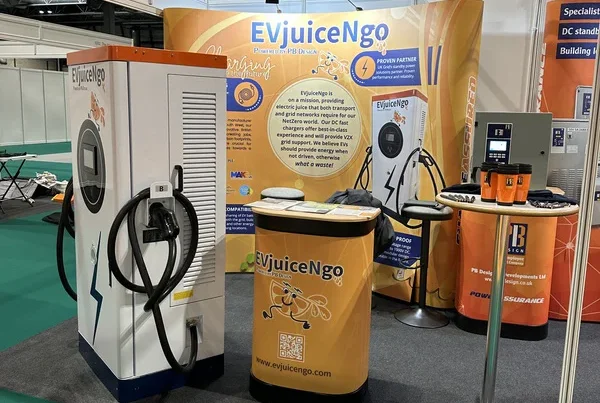Sustainability & Regulatory Shifts in Power Generation: A Detailed Explanation
The power generation sector is undergoing a significant transformation due to increasing pressure to decarbonize while ensuring operational efficiency. Companies in the industry must navigate complex regulatory landscapes while adapting their technologies and workforce to remain competitive. This section delves into the challenges and strategic considerations involved in balancing sustainability goals with the practical realities of power generation.
1. Balancing the Need for Decarbonization with the Realities of Power Generation
Why Decarbonization is a Priority
-
Global climate policies and environmental targets (such as the Paris Agreement and Net Zero commitments) require industries to transition to cleaner energy sources.
-
Governments and regulatory bodies are enforcing stricter emissions standards, encouraging companies to shift away from traditional fossil fuels like diesel and gas.
-
Businesses are under pressure from investors and stakeholders to align with ESG (Environmental, Social, and Governance) goals.
-
The rising cost of carbon taxes and penalties for high-emission operations incentivizes companies to adopt low-carbon alternatives.
The Challenges in Power Generation
-
Reliability Concerns: Traditional diesel and gas generators provide consistent and immediate power, especially for standby and backup applications like hospitals, data centers, and critical infrastructure. Renewable solutions, like hydrogen fuel cells or battery storage, have limitations in terms of storage capacity, charging times, and reliability.
-
Technology Maturity: While hydrogen and battery storage are gaining traction, they are not yet as commercially viable or scalable as traditional fuel-based generation. Companies must evaluate the readiness and cost-effectiveness of these emerging technologies before making a full transition.
-
Infrastructure Limitations: Many power generation systems are designed for fossil fuels, meaning that retrofitting or replacing them with sustainable alternatives requires significant investment.
-
Fuel Availability: Renewable fuels, such as hydrogen, biofuels, and synthetic fuels, need a stable supply chain, which is still developing in many regions.
-
Cost Implications: While sustainability initiatives are necessary, they often come with high upfront costs. Organizations must balance the need for innovation with financial sustainability.
Strategic Approaches to Balance Decarbonization and Practical Power Generation
-
Hybrid Systems: Companies are investing in hybrid solutions that combine traditional power generation with renewable energy sources. For example, using diesel generators in conjunction with battery storage or hydrogen fuel cells.
-
Gradual Transition: Instead of immediate overhauls, businesses are implementing phased adoption strategies. This includes integrating biofuels into existing generators or utilizing natural gas as a bridge fuel before moving to full electrification.
-
Investment in R&D: Companies like Cummins are dedicating resources to researching hydrogen production, battery storage efficiency, and carbon capture technologies to future-proof their operations.
-
Operational Efficiency: Optimizing current power generation systems to reduce fuel consumption and emissions while maintaining reliability.
2. Navigating Evolving Regulations While Maintaining Operational Efficiency
Regulatory Landscape in Power Generation
-
Governments worldwide are imposing stricter emission limits, such as the European Union’s Industrial Emissions Directive (IED) and the UK’s Net Zero Strategy.
-
Carbon pricing mechanisms and emissions trading schemes are increasing the financial burden on high-emission operations.
-
The push for grid decarbonization means that industries must integrate renewable energy sources into their power generation mix.
-
Regulations are shifting towards decommissioning diesel generators in favor of cleaner alternatives, particularly in urban areas.
Operational Challenges in Regulatory Compliance
-
Uncertainty in Policy Changes: Constantly evolving regulations make long-term planning difficult, as companies must adapt their strategies to meet shifting compliance standards.
-
Cost of Compliance: Investing in lower-emission technologies or retrofitting existing infrastructure can be expensive, especially for smaller firms.
-
Regional Disparities: Different countries and regions have varying regulatory frameworks, making it complex for multinational companies to standardize their sustainability strategies.
-
Energy Supply & Reliability: Meeting regulatory requirements while ensuring uninterrupted power supply for critical applications can be a balancing act.
How Companies Are Adapting to Regulatory Changes
-
Advanced Emission Controls: Upgrading existing generators with emissions-reducing technologies such as Selective Catalytic Reduction (SCR) systems or particulate filters.
-
Alternative Fuels & Energy Sources: Moving towards biofuels, hydrogen, LPG, and battery storage to meet lower-emission requirements.
-
Regulatory Compliance Teams: Companies are hiring or expanding compliance departments to keep up with legal and policy changes, ensuring proactive adjustments.
-
Collaboration with Policymakers: Engaging in industry-wide discussions and government consultations to help shape practical regulations that consider operational challenges.
-
Efficiency Improvements: Implementing data-driven energy management systems to optimize fuel use, reduce waste, and maintain efficiency while staying compliant.
Conclusion
Balancing sustainability goals with power generation realities is a major challenge for the industry. Companies must navigate evolving regulations while maintaining reliability and profitability. The key to success lies in phased transitions, investments in new technologies, and proactive regulatory adaptation. By implementing hybrid systems, optimizing existing assets, and collaborating with policymakers, power generation firms can future-proof their businesses while contributing to a greener energy landscape.





